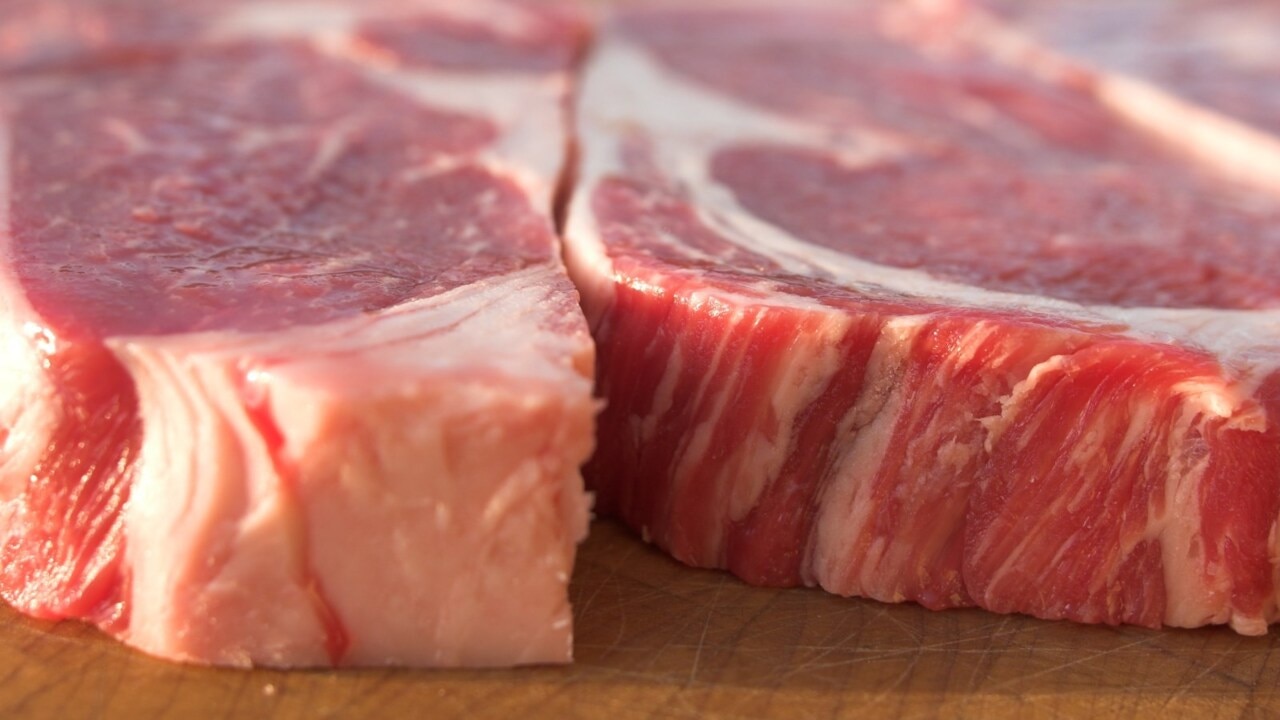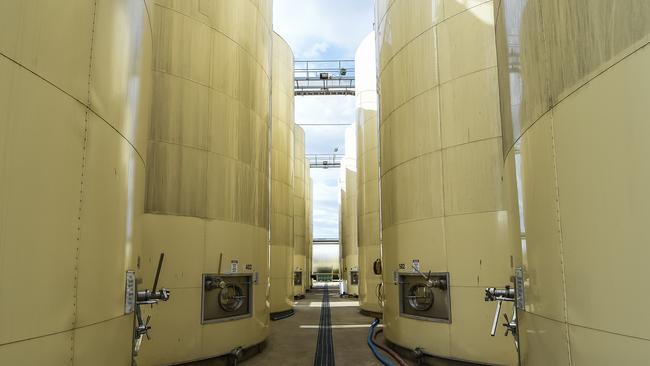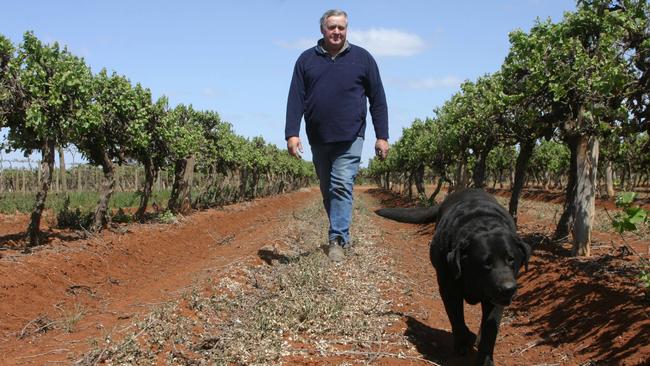Wine prices bucking inflationary trend
New analysis shows Australian wine is not rising in step with the cost of food, despite farming inputs rising steadily.

The price of a bottle of Australian wine has remained stagnant, bucking the nation’s trend of rising inflation and hurting growers and wineries whose margins are eroding.
New analysis from Wine Australia shows the retail price of domestically produced wine has not risen in step with other goods.
While there was some variation this year, wine prices stayed within a predictable range, rising less than 2 per cent, compared to other goods such as food, housing and transport, which have risen between 6 and 13 per cent.
But the wine industry’s government-owned research and development body predicted flat wine prices may only be temporary, and rectified as early as harvest next year.
“Price increases could just be delayed in wine compared to other goods as there is only one grape intake and vintage per year. The cost of producing wine is growing as the cost of inputs – labour, packaging, energy – increase, and some of this cost may eventually be passed on to the consumer,” the Wine Australia report said.

However Australian Grape and Wine chief executive Tony Battaglene said as grape growers and wineries were price takers, the next 12 months could be just as difficult as the last as the industry managed its swollen inventories full of wine once destined for China and now being flogged on the domestic market.
“We’d all love to see it (higher wine prices) but current suggestions are that margins will be further eroded,” he said. “The actual cost of producing wine last vintage probably increased by between 10 and 20 per cent – transport, harvest costs. It was a fair whack. Now there’s fertiliser costs, fuel, so it will increase again.”

Bruno Brombal, who chairs the Riverina Wine Grape Growers Association, said wineries couldn’t shift their red wine stocks, leaving little room in their storage tanks for the next vintage.
This meant retail wine prices were a distant concern for many growers who were more concerned about whether to commit to their vines to produce another harvest.
Wet weather over many wine growing reasons will force growers to spray to combat mildew. But the expensive exercise will be fruitless if there’s no home for the crop.
“The price of reds (wine) has dropped way down, about $100-150 a tonne compared to last year, which makes it very difficult with the high cost of chemicals, fuel, fertiliser and all the inputs to your farm. I think growers will consider mothballing their vines,” Mr Brombal said.
Cool climate regions not dominated by heavy red varieties favoured by the Chinese are faring better than many of their inland, shiraz and cabernet sauvignon producing counterparts.
Wines of the King Valley chair Dean Cleave-Smith said he had faith in Wine Australia’s outlook for an improvement on price next year.
“Pricing is pretty dynamic, there is just an annual check point for pricing and I would expect inflationary pressures perhaps have not flow through to wine prices yet. I think it would only be fair that prices go up, that input costs flow through,” he said.
Mr Cleave-Smith said growers in the King Valley, in Victoria’s North East, were well prepared to weather the storm of high inflation, rising interest rates and the potential for reduced consumer spending given that their sparkling prosseco was a popular choice among Australian consumers.
“If people are feeling the pinch, prosecco remains a very competitively priced product,” he said.





